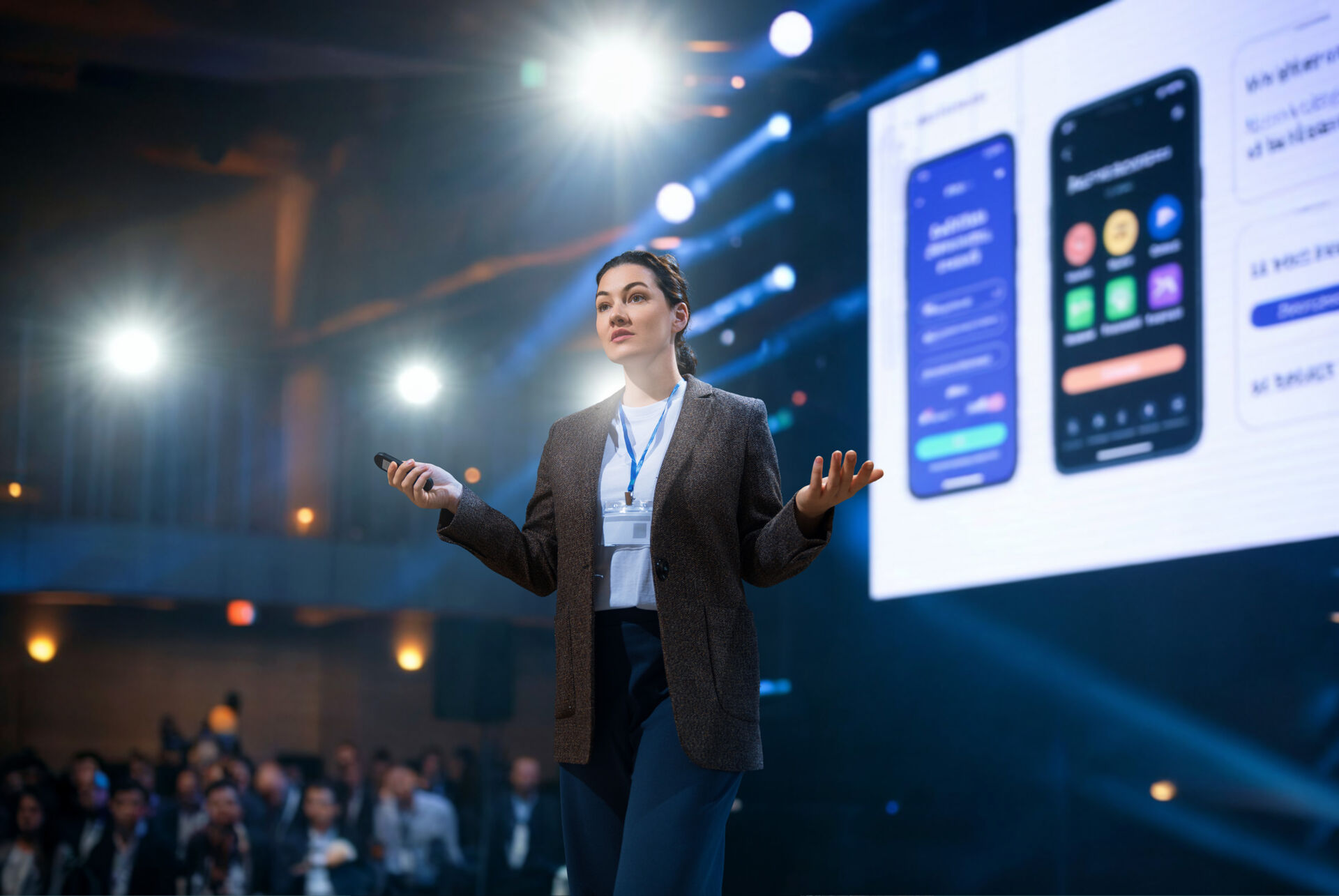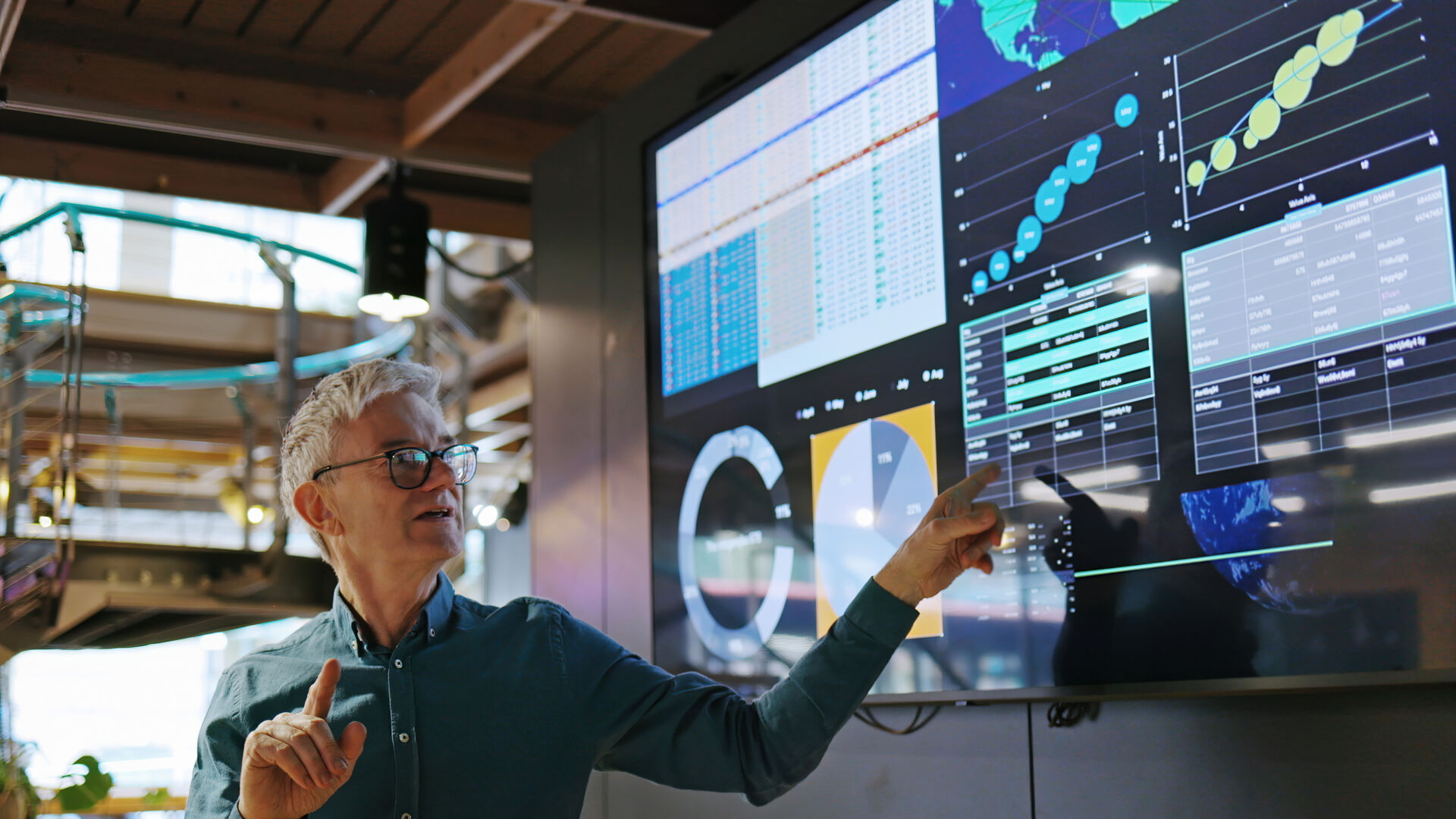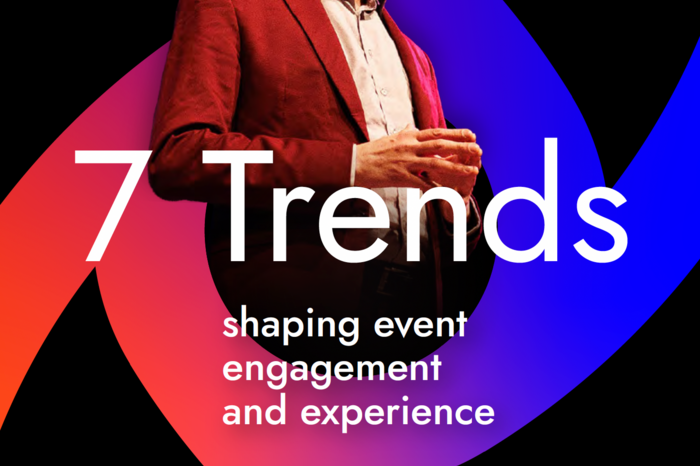
Events run on emotion, not just data
From the beat drop at a product launch to the hush before a CEO walks on stage, live experiences and events are calibrated to generate emotion. AI can support that process by identifying patterns, forecasting outcomes and streamlining tasks. But it can’t feel the room. It can’t hear the hesitation in a round of applause or sense when an audience is holding its breath.
MIT’s Daniel Huttenlocher describes generative AI as a kind of illusionist. It produces content that looks intelligent but lacks understanding. It can compose emails, write scripts and generate design ideas. But it doesn’t grasp tone, context or nuance. And in emotion-led engagement marketing, those are the very things that matter most.
Co-creation over automation
Some organisations have tried to automate entire creative workflows – scripts, signage, social posts... The results often feel clean but hollow. Useful for drafts and iterations but rarely final. The most effective teams use AI as a collaborator, not a replacement. It becomes a tool for exploration.
Writers use it to stretch their thinking. Designers use it to prototype ideas quickly. Producers use it to pressure-test logistics. What emerges isn’t machine-made or purely human, it’s co-created.
At MCI, we integrate AI across creative event strategy and processes but our final decisions are always guided by human insight. Whether we’re crafting a show flow or storyboarding content, we use technology to expand the possibilities, not to replace the spark.

Real-world examples of human-tech synergy
This kind of collaboration is already proving valuable in the nonprofit world. At the Sydney Children’s Hospitals Foundation, fundraisers have embraced AI to better understand donor behaviour. Segmentation models help tailor communications more precisely, but the messages themselves – those deeply emotional stories that connect donors to children – are written by people. The technology sharpens the signal, but it’s the human who shapes the story.
We’re also seeing AI come alive in real time. Organisers are experimenting with real-time sentiment tracking at conferences with sentiment analysis tools. When energy dips, a music cue is shifted. When engagement rises, a speaker is given more room to breathe. The show adapts but it’s still a person deciding when to move or pause. The AI provides a suggestion or a prompt, not a command.
The new creative canvas
What’s changing isn’t the role of the human; it’s the canvas we get to paint on. AI handles repetition, scale and speed. This opens up time and space for teams to focus on the moment: the unexpected, the delightful, the resonant. In the past, doing that meant late nights and long hours. Now it means knowing how to use the right tools – and when to set them aside.
This doesn’t mean events will be run by algorithms. It means they’ll be better informed. A strategist might review audience sentiment data before finalising a speaker lineup. A content lead might use GPT to test framing options for a keynote. A producer might adjust the flow of a show based on live polling. These choices are human. The technology simply gives them sharper edges.

A future built on connection
Whether it’s a voice at the other end of a basic mobile phone in a rural Village or a keynote moment on a global stage, the heart of engagement remains the same: someone wants to feel seen, heard, helped and moved.
AI can enhance that kind of experience. It can help us hear more clearly, see patterns faster and respond with more agility. But the decision to connect, the moment when someone feels truly part of something – that still belongs to people.
The future of engagement marketing won’t be about replacing the spark. It’ll be about protecting it and learning to strike it, again and again, with a silent tech partner by our side.
MCI is a proud ecosystem partner of Microsoft and our teams are fully trained on how to use GenAI with the utmost data protection and security.
Want to explore what AI-assisted creativity could look like for your next event? Get in touch.




